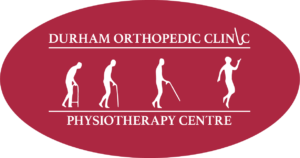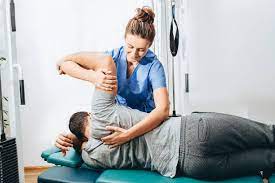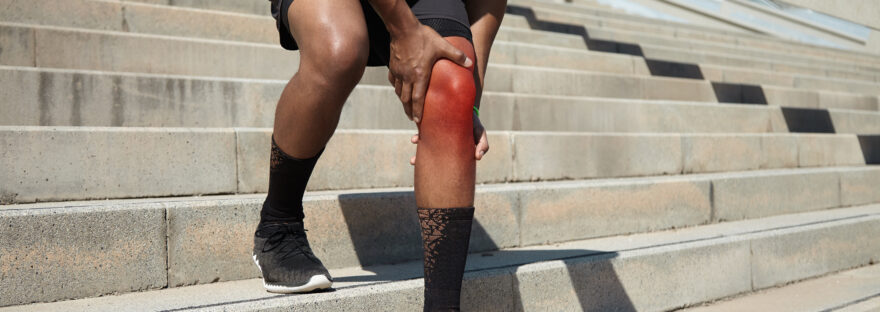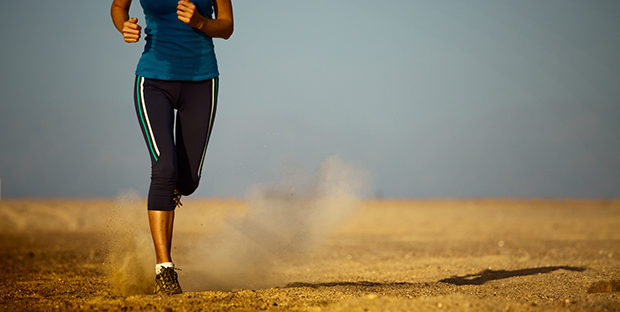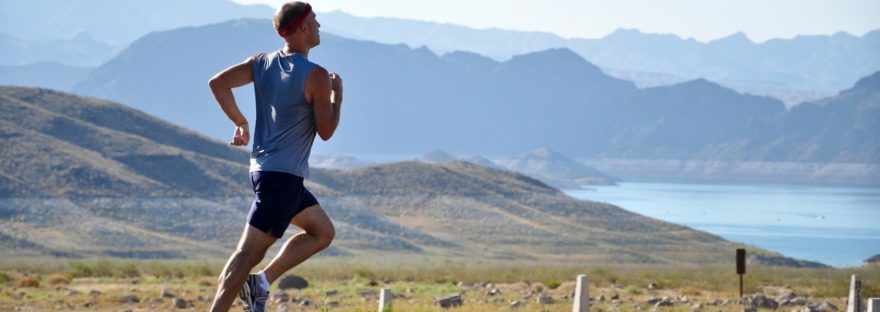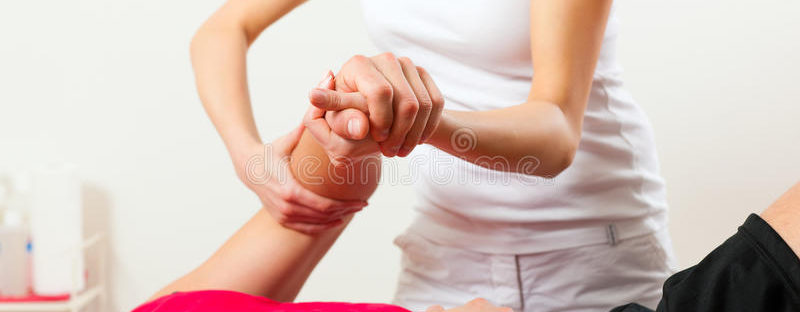Physiotherapy, also known as physical therapy, is a specialized healthcare profession that focuses on promoting, maintaining, and restoring physical strength, function, and movement. Various techniques are employed by physiotherapists to help individuals overcome pain, injuries, or disabilities. Some of the more common physiotherapy techniques include:
Manual Therapy
Manual therapy involves hands-on techniques where physiotherapists use their hands to manipulate joints, muscles, and tissues. This technique helps reduce pain, improve mobility, and enhance overall function. It includes joint mobilization, manipulation, and soft tissue massage.
Ultrasound Therapy
Ultrasound therapy utilizes sound waves to stimulate healing in injured tissues. It is particularly effective for conditions like tendonitis and muscle strains. The ultrasound waves generate heat, promoting blood flow, and accelerating the healing process.
Electrotherapy
Electrotherapy involves the use of electrical stimulation to treat pain and stimulate muscles. Transcutaneous Electrical Nerve Stimulation (TENS) is a popular form of electrotherapy used for pain relief. It works by sending low-voltage electrical currents to the affected area, blocking pain signals to the brain. Electrical muscle stimulation or EMS stimulates a muscle contraction using electrical impulses to help strengthen weakened muscles.
Therapeutic Exercises:
Physiotherapists design customized exercise programs tailored to individual needs. These exercises target specific muscle groups, aiming to improve strength, flexibility, and endurance. Patients are guided through exercises that aid in recovery, prevent future injuries, and enhance overall physical well-being.
Heat and Cold Therapies:
Heat and cold therapies are used to alleviate pain and reduce inflammation. Heat therapy, like hot packs, relaxes muscles and increases blood flow, while cold therapy, such as ice packs, numbs the affected area and reduces swelling. Alternating between heat and cold treatments can be especially effective.
Myofascial Release
Myofascial Release is a gentle procedure where constant pressure is applied on the painful and tight fascia to help release the tightness.
Respiratory Physiotherapy
Respiratory physiotherapy focuses on lung health and breathing difficulties. Techniques such as chest physiotherapy and breathing exercises help clear mucus, improve lung capacity, and enhance overall respiratory function, especially beneficial for patients with conditions like asthma or chronic obstructive pulmonary disease (COPD).
Not every physiotherapy clinic will offer all of these techniques. It is important to understand these common physiotherapy techniques provide insight into the comprehensive and holistic approach physiotherapists use to promote healing and recovery. If you’re experiencing pain, mobility issues, or recovering from an injury, consulting our qualified physiotherapists can make a significant difference in your quality of life. Embrace these techniques, and embark on your journey to a pain-free, active lifestyle with the support of physiotherapy expertise.
If you need help recovering from an injury, contact the Durham Orthopedic and Sports Injury Clinic at 905-428-7800 to speed up your road to recovery.

